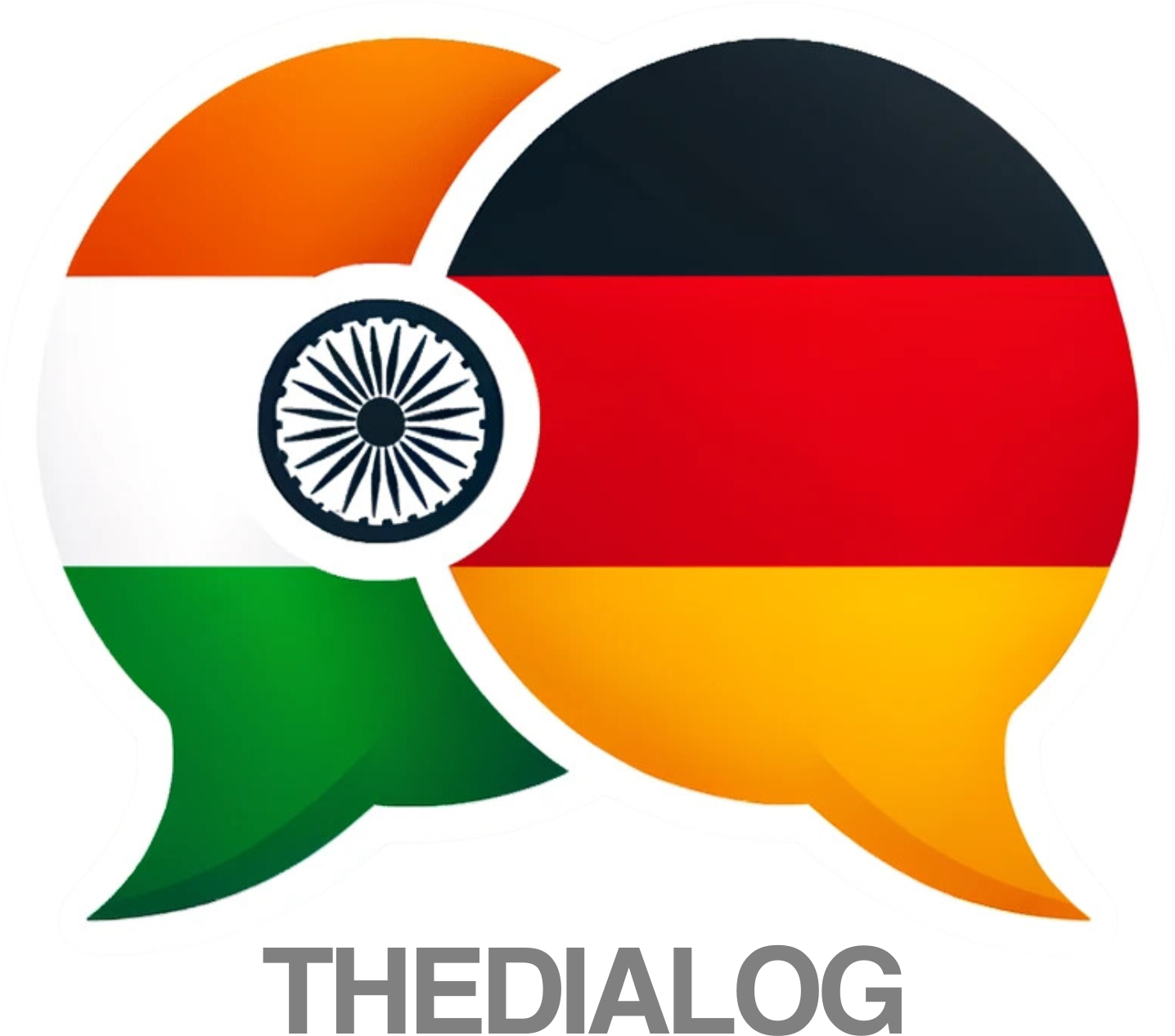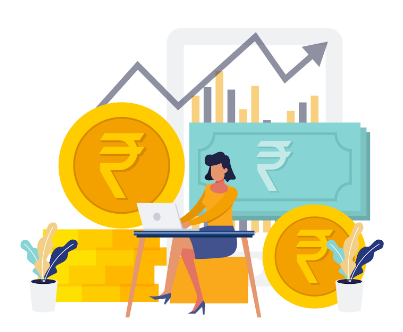Image Credit: Freepik.com
India’s digital economy is on a rapid growth trajectory, projected to account for 20% of the nation’s GDP by 2026, up from the current 10%, according to a report by the Reserve Bank of India (RBI) released on Monday.
In the foreword of the ‘Report on Currency and Finance (RCF) for the year 2023-24’, RBI Governor Shaktikanta Das emphasized the transformative impact of digitalization in finance, heralding it as the future of banking.
The Digital Revolution
The report highlights India’s leadership in the global digital revolution, driven by widespread adoption of financial technology and innovative systems like India Stack. This includes biometric identification, the Unified Payments Interface (UPI), mobile connectivity, digital lockers, and consent-based data sharing.
These advancements are significantly enhancing the banking infrastructure and public finance management systems, facilitating direct benefit transfers and efficient tax collections. Vibrant e-markets are also expanding their reach across the country.
“It is estimated that the digital economy currently accounts for a tenth of India’s GDP; going by growth rates observed over the past decade, it is poised to constitute a fifth of GDP by 2026,” the report noted.
Driving Factors
Several factors contribute to this digital revolution. Internet penetration in India reached 55% in 2023, with an additional 199 million users over the past three years. The country boasts the lowest cost per gigabyte of data globally, averaging Rs 13.32 (USD 0.16) per GB, and one of the highest mobile data consumption rates, with an average per-user monthly consumption of 24.1 GB in 2023.
RBI Governor Das highlighted the role of UPI in transforming retail payments, making transactions faster and more convenient. The RBI is also pioneering the digital currency sector with pilot runs of the e-rupee.
The digital lending ecosystem is thriving with initiatives like the Open Credit Enablement Network, Open Network for Digital Commerce, and the Public Tech Platform for Frictionless Credit.
Collaborations and Innovations
Fintech companies are collaborating with banks and non-banking financial companies to serve as lending service providers and operating platforms for digital credit. Additionally, BigTech companies are supporting payment apps and lending products as third-party service providers.
“Digitalisation in finance is paving the way for next-generation banking; improving access to financial services at affordable costs; and enhancing the impact of direct benefit transfers by effective targeting of beneficiaries in a cost-efficient manner,” said Das.
Challenges Ahead
Despite the benefits, Governor Das cautioned against the challenges posed by digitalization, including cybersecurity risks, data privacy concerns, data bias, vendor and third-party risks, and customer protection.
The increased interconnectedness could lead to systemic risks, and emerging technologies might introduce complex products and business models that are not fully understood by users, including fraudulent apps and misselling through dark patterns.
The report underscores that while digitalization is revolutionizing India’s financial sector, transforming the operations and customer interactions of financial institutions, it also brings significant challenges. Addressing issues like cybersecurity, financial frauds, and customer protection is crucial to fully harness the potential of financial digitalization.



